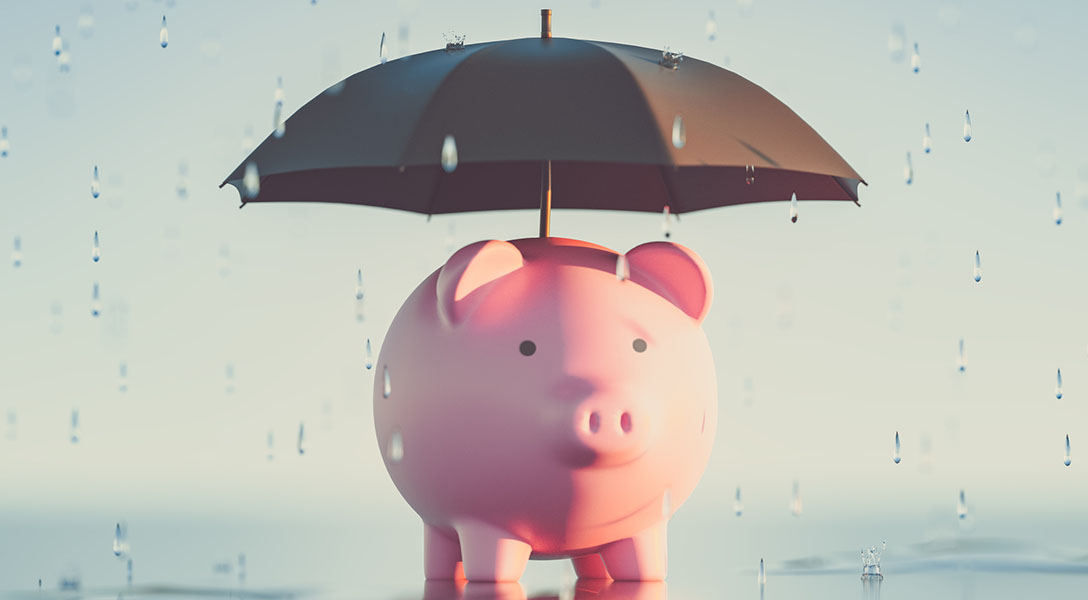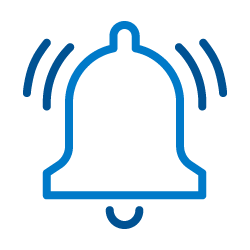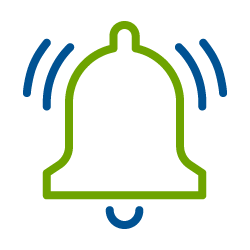Six easy ways to build your emergency savings

When it comes to money management, sometimes the hardest part is building and maintaining your savings. Between paying your bills, buying groceries, or paying for extracurriculars if you have kids, it’s not always easy to set aside money for the future. However, having an emergency fund is important to make sure you’re always prepared for the unexpected.
An emergency fund can help prepare you for unplanned expenses such as:
- Medical bills
- House or car repairs
- Sudden unemployment
- Unbudgeted or surprise bills
How much should be in my emergency savings?
Your emergency savings should ideally cover at least six months’ worth of expenses, according to Bankrate. However, everyone’s situation is different, and this might not be realistic at the start for you. Start saving small amounts and slowly work your way up.
Six ways you can start your emergency savings
Talking about building a savings can be stressful. Here are six easy ways you could start building yours today:
- Start small by rounding up. With Debit Card Round Up, you can automatically “round up” the change on each debit card purchase to the nearest dollar. Then, that extra change is transferred from your checking account straight into your Member Loyalty Account where it’ll earn a great rate! Rounding up is a great way to start your emergency fund without feeling a major strain on your budget.
- Budget your savings like it’s a bill. Look at your total net income (after taxes) for each month and write down all your monthly essentials, like rent, utilities, groceries, etc. Then, add them up and subtract from your total net monthly income. Once you have your income after all your required expenses, add a set savings contribution into your budget before planning for those more fun expenses.
- Set up automatic transfers. Arguably, one of the easiest ways to stick to your savings budget is by setting up automatic transfers to your savings account. That way, you don’t have a to lift a finger each time you get paid to make transfers. Just choose a specified amount that works for you!
- Set up direct deposit. Just like automatic transfers, setting up direct deposit can make saving a breeze! With direct deposits, you can split your paycheck between your checking and savings accounts. This strategy is a great way to make your savings a non-negotiable.
- Save surprise income. Often, you might find yourself with some surprise income like birthday money, tax refunds, bonuses, etc. Try to deposit all of that income into your emergency savings to give it a boost! If you have some debt you’re trying to pay down, you can split the income between paying down debt and building your savings.
- Regularly review your progress. It’s always a good idea to regularly assess your savings account and budget. Identify any changes in your budget, such as a cancelled subscription, debt payoff, or a raise. Then, try to put some of that extra money into your savings.
You know your financial situation best, and there’s no one answer to the right way to build your savings. Start small and work your way up, regularly assessing your strategy as you go! With a healthy emergency savings, you’ll have peace of mind knowing you’ve got your back if life throws a curve ball at you. Need help tracking your progress? Set a savings goal in digital banking! Click here to learn more.














